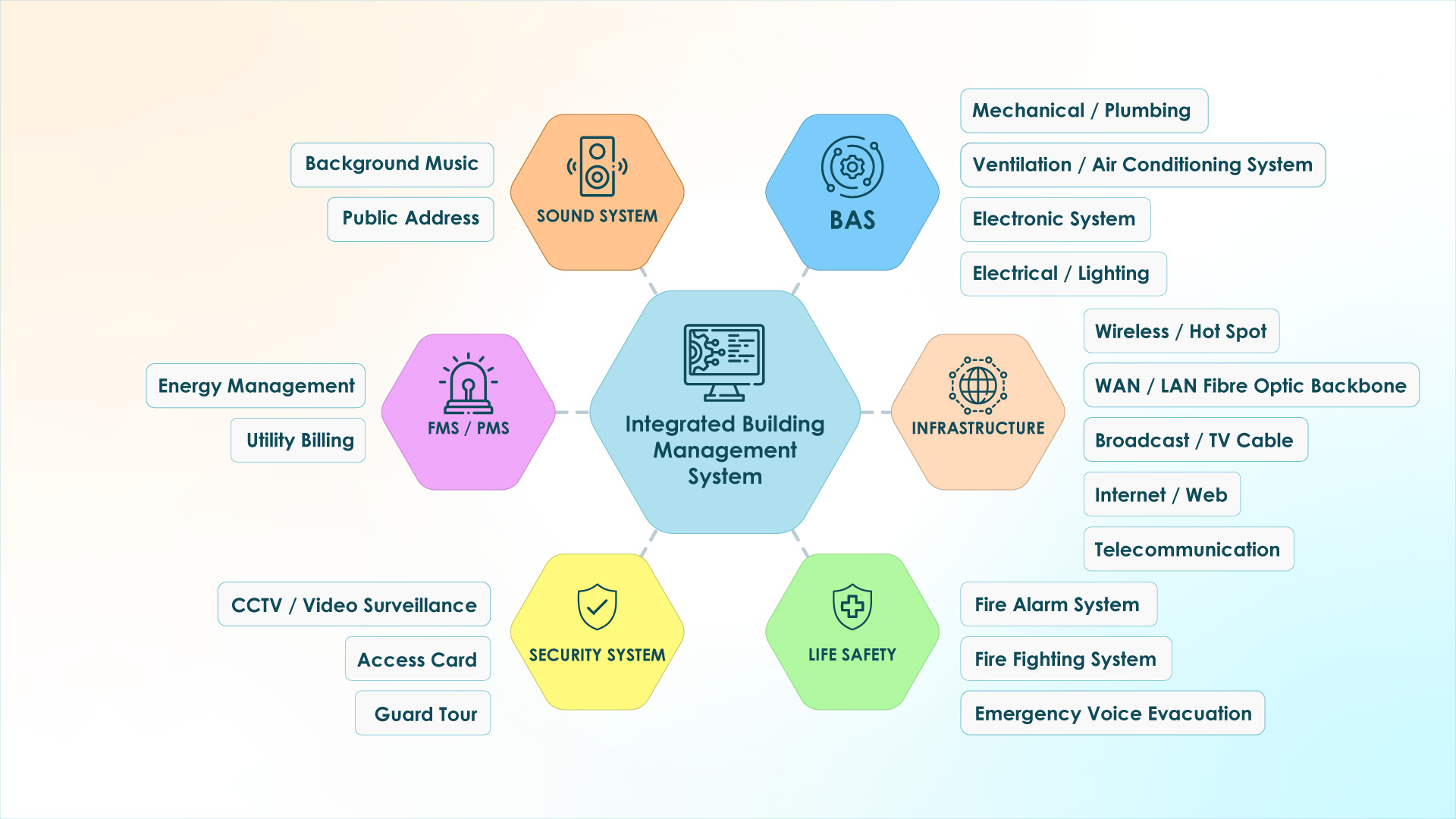Hari Gunasingham
Tuesday,31 January 2023
Smart Buildings / Smart Technology / SustainabilityHome /Blog / The traditional approach to Implementing Smart Building Solutions is over 20 years old, and flawed
Contemporary Smart Building solutions require building systems that ensure ease of use and efficient integration
The foundation for Smart Building solutions has been the Integrated Building Management System (IBMS), which has continued for many years. Whereas the IBMS is good at aggregating point data from building systems, it is not well suited to handle the wide range of data types (e.g., transaction data, unstructured data, time series data, etc.) generated by other systems and applications. Also, for unified operations, people and processes must be horizontally integrated across building systems and applications. This requires an additional process automation and orchestration layer. Then there is a need for visualisation, analytics, and, increasingly, AI. Finally, the Smart Building solution could be deployed on a mix of on premises, cloud or mobile infrastructure.

Consequently, IBMS-centric Smart Building solutions end up being complex and rigid. And it requires considerable knowhow and customisation to connect all the moving parts and get them to work together harmoniously. Another major issue in such building systems is a shortage of skilled technicians to implement, modify and operate these complex solutions.

Reimagining and democratising the design, implementation and life-cycle management of smart building systems and applications (Part 1)What is needed is a technology that can handle the diversity of smart building systems and applications, data and processes, but at the same time is simple enough to implement and operate. We have been working on this problem

Contemporary Smart Building solutions require building systems that ensure ease of use and efficient integration The foundation for Smart Building solutions has been the Integrated Building Management System (IBMS), which has continued for many years. Whereas the IBMS is good at aggregating point data from building systems, it is not well suited to handle the

Even though Smart Building solutions are easily accessible, there are several reasons behind commercial properties not being transformed into Smart Buildings Smart Buildings support the integrated and automated operation of building systems to significantly improve building performance, sustainability, resilience, and occupant experience. However, despite their enormous potential, less than 5% of Grade A commercial buildings